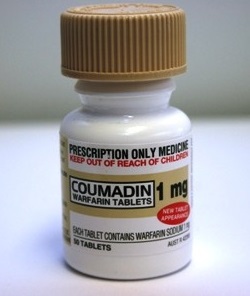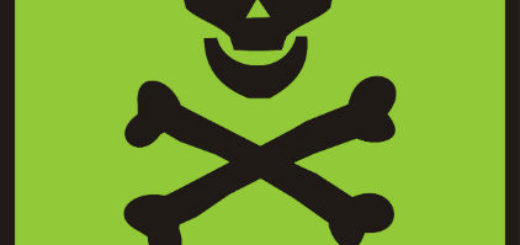How to stop bleeding when taking Coumadin
 Coumadin (Warfarin) is an anticoagulant medication. This means Coumadin ‘thins the blood’ and reduces the risk of blood clots forming.
Coumadin (Warfarin) is an anticoagulant medication. This means Coumadin ‘thins the blood’ and reduces the risk of blood clots forming.
Coumadin is often used to reduce the risk of stroke in patients with Atrial Fibrillation (AF). It is also used to treat, and prevent, blood clots in the leg (Deep Vein Thrombosis) and in the lung (Pulmonary Embolism).
Coumadin is only one type of anticoagulant medication and there are newer drugs available. Examples of these include Rivaroxaban, Apixaban and Dabigatran.
Bleeding and Coumadin
As Coumadin works by thinning the blood, this makes patients more at risk of bleeding. Small cuts and nosebleeds can be more severe when the blood is unable to clot effectively.
It can be difficult to stop bleeding when patients are taking anticoagulation medication.
How to stop bleeding on Coumadin
The key to stopping any type of bleeding is firm, effective direct pressure over the wound. This should be maintained until the bleeding has stopped.
For nosebleeds, ask the patient to pinch the soft part of the nose for a minimum of 10 minutes.
It is important that pressure is maintained in both of these situations. Releasing pressure after several minutes to have a look at the wound is likely to cause the bleeding to start again, especially if the patient is taking anticoagulation medication.
If the bleeding shows no signs of stopping, or the wound is severe then you should not delay in calling for emergency medical help. Additional measures such as glue or sutures may be required at hospital in order to stop the bleeding.





